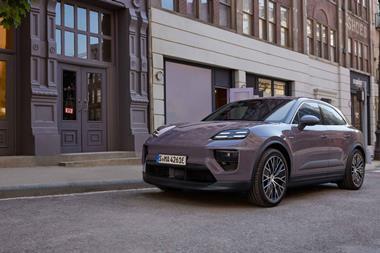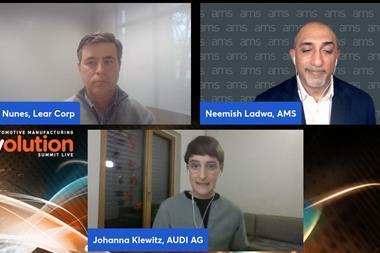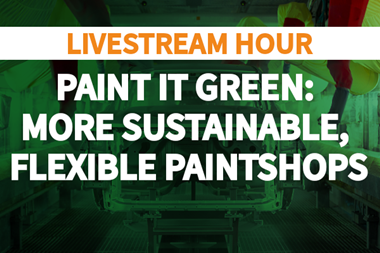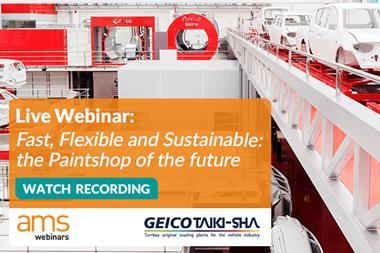A lighter coat: how Porsche and suppliers are reducing waste and errors in paintshop
By Jason Dunn and Christopher Ludwig2021-11-23T10:44:00
Paintshop leaders from Porsche and Sames Kremlin spoke to AMS in an exclusive livestream and interview regarding innovations in technology and new approaches in the automotive painting process.
Automotive paintshops are highly automated and technologically advanced across the coating, drying and colour processes. However, OEMs and suppliers continue to evolve processes, with opportunities in areas such as sealing and quality control. Manufacturers are also increasingly focused on reducing waste and energy consumption across the paintshop process as part of wider sustainability goals.
In an exclusive AMS Livestream hour, paintshop leaders from Porsche’s plant in Leipzig, Germany – which produces the Macan and Panamera –and paintshop specialist Sames Kremlin revealed critical areas of development in automation and energy reduction. Porsche, for example, has introduced a new error detection system in the paintshop, while also making significant advances in reducing overspray and collecting excess paint that support efforts to reduce waste and energy consumption.







































